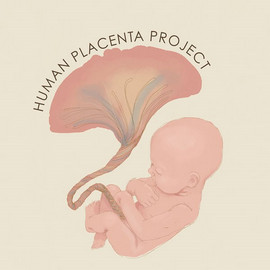April 27–28, 2015
Sponsor/Co-Sponsor(s)
NICHD
Location
Natcher Conference Center, Building 45
NIH Main Campus
45 Center Drive
Bethesda, MD 20892
Purpose
The placenta is the least understood human organ and arguably one of the more important organs in the body, not only for the health of a woman and her fetus during pregnancy but also for the lifelong health of both. To address this lack of knowledge, the NICHD believes a concerted effort, the Human Placenta Project, would make substantial inroads.
Initial goals of the Human Placenta Project are to:
- Improve current methods and develop new technologies for real-time assessment of placental development across pregnancy.
- Apply these technologies to understand and monitor, in real time, placental development and function in normal and abnormal pregnancies.
- Develop and evaluate non-invasive markers for prediction of adverse pregnancy outcomes.
- Understand the contributions of placental development to long-term health and disease.
- Develop interventions to prevent abnormal placental development and thereby improve pregnancy outcome.
The goals of this meeting are threefold:
- To bring together a group of broad thinkers, including technical subject matter experts, placental biologists, and clinicians, to discuss the value and limitations of various omics and imaging methods to achieve HPP goals
- To include participants who have experience with technologies that have never been applied to placental assessment in hopes that novel solutions might emerge
- To leverage this breadth of expertise and perspectives to inform the broader project roadmap and prioritize steps for moving forward
This meeting is free and open to the public.
View the meeting agenda (PDF 773 KB).
More Information
- The Human Placenta Project
- Video from Day 1 of This Conference
- Video from Day 2 of This Conference
- Previous meeting: The Human Placenta Project: Placental Structure and Function in Real Time (May 27–28, 2014)
Contact
David Weinberg, PhD
NICHDHPP@mail.nih.gov
301-526-0349


 BACK TO TOP
BACK TO TOP